The Eyes Have It
The Eyes Have It - Eye Contact in Wildlife Photography
Text and photos by Heather Cline
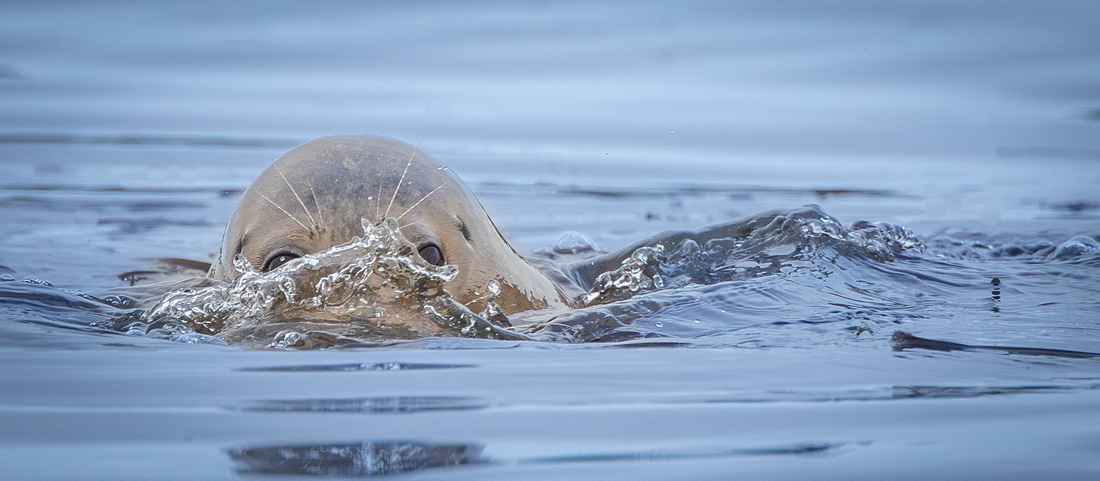 Harbor Seal Harbor Seal
Harbor Seal Looking Through the Water |
There are many aspects to successful wildlife photography, such as exposure, focus, and composition. One area that encompasses all three of these is capturing eye contact with the subject. Having eye contact with wildlife can create a connection for the viewer through increased interest and empathy.
Types Of Eye Contact
Not all eye contact is created equal, and placement can influence how the mood, feeling, and message the image conveys.
Direct Eye Contact is when the subject is looking directly into your lens. This is the type of eye contact that may cause the viewer to wonder what the animal is thinking or feeling. This is the most impactful type of eye contact for building a connection with the viewer.
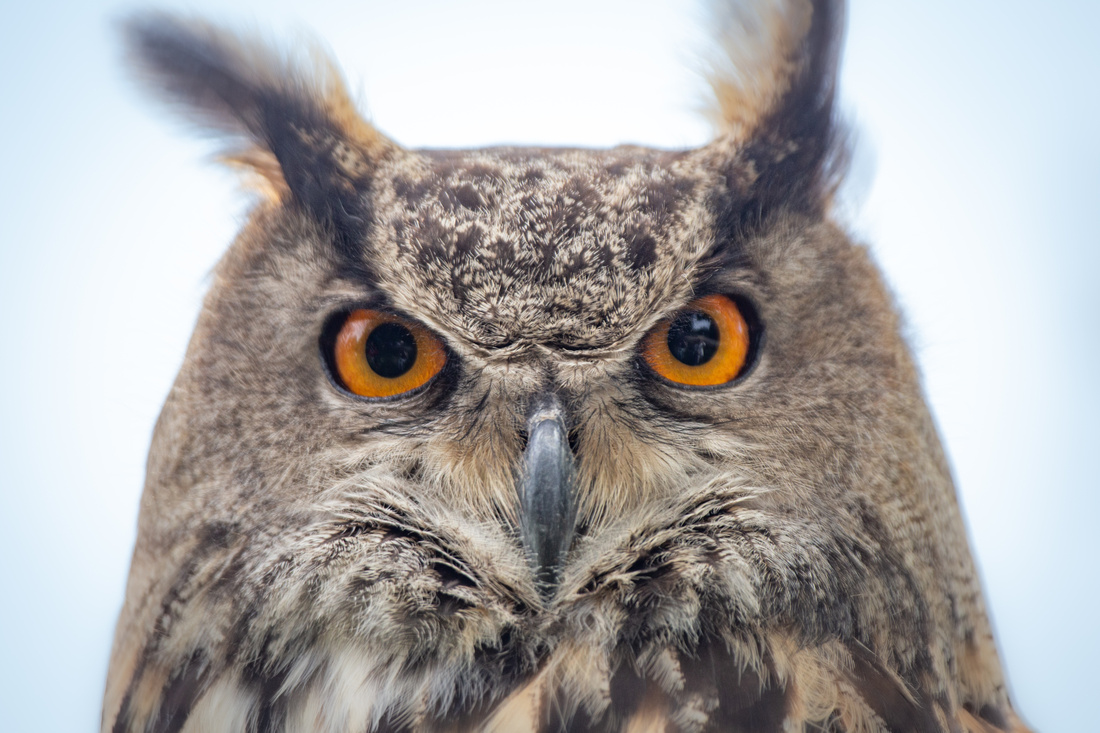 Eurasian Eagle Owl Eurasian Eagle Owl
Eurasian Eagle Owl |
When the subject is looking at something within the frame, but not directly at you, it can still be impactful. While this doesn't generate the same connection as direct eye contact it does help create a mood and tell the story.
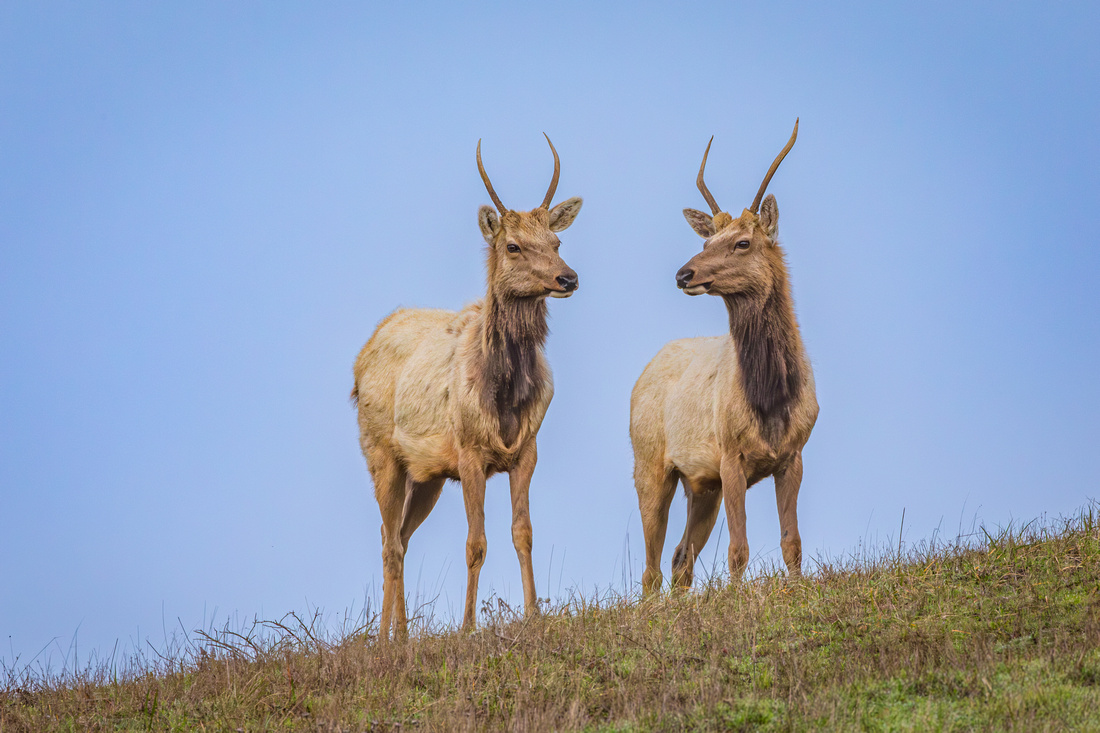 Juvenile Male Tule Elk Juvenile Male Tule Elk A Pair of Juvenile Tule Elk
A Pair of Juvenile Tule Elk |
Finally, if the subject is looking at something off frame, this allows the viewer to imagine what the subject might be looking at. This can be a challenge if the gaze leads the viewer out of the frame and there is nothing to pull them back in. But if this can be managed through the use of leading lines, facial expressions, and light and shadow.
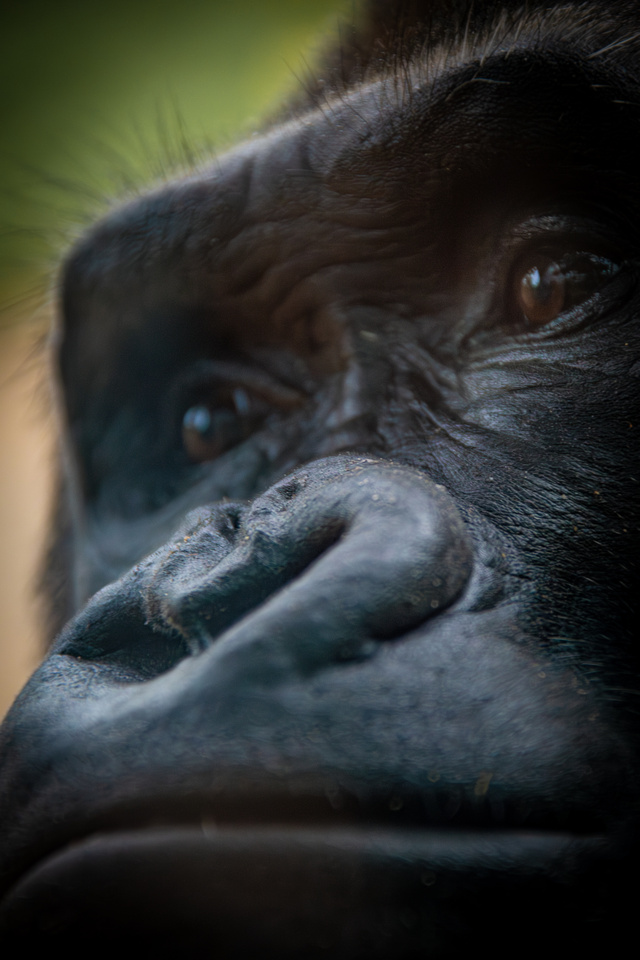 Gorilla Gorilla
A Gorilla's Gaze |
Tips For Successful Eye Contact
One of the best ways to ensure you are getting eye contact is to get at the same level as the animal. This creates a more intimate image than if you are looking up or down at the subject because you are expressing their perspective. Because wildlife photography often demands shallow depth of field, getting at the same eye level as the animal will improve focus sharpness because the lens is parallel with the animals face rather than being at an angle which can cause one eye to be in focus and the other to be out of focus.
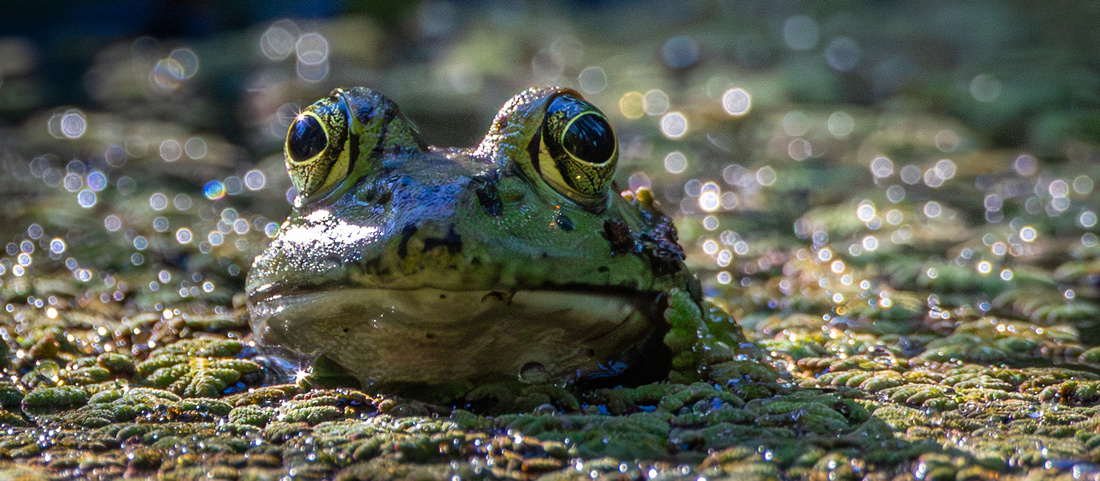 American Bullfrog American Bullfrog
American Bullfrog Up Close and Personal |
Getting to eye level may mean getting down low, such as getting on the ground for smaller wildlife. Birds are challenging because they are often above our eye height in trees. If you are patient, you may be able to capture them on lower branches or you may be able to access higher ground to get a better angle. Combining patience and observation from a distance also allows the subject to get comfortable with you. If they are comfortable and go about their normal activities, its likely they will look your way more than once, and you will be ready to capture those moments.
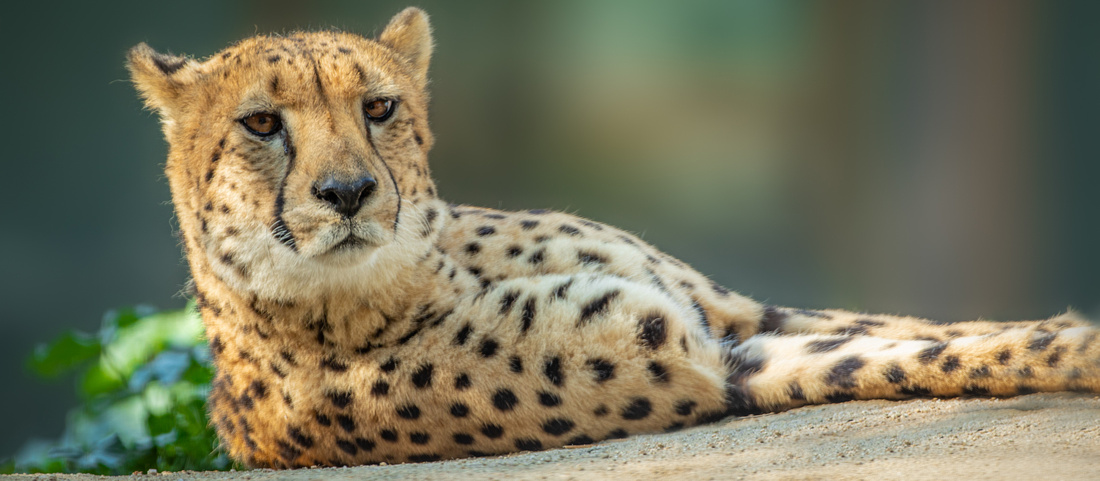 Cheetah Cheetah
Cheetah Glancing My Way Between Grooming |
The natural environment can be harsh from a lighting perspective, making it challenging to get a proper exposure of the eyes. If one or both eyes are in shadow, you may be able to improve this in post process, but if the situation allows the best thing to do is wait for the animal to turn its head into the light. Capturing catch light in their eye adds an extra "life" to an image as well.
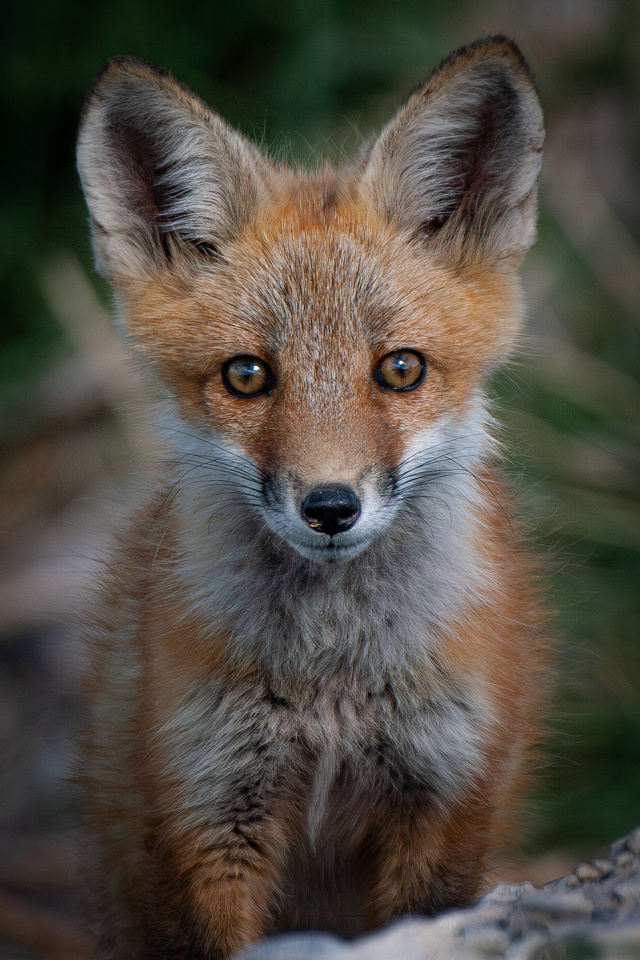 Red Fox Red Fox
Curious Red Fox |
Eye contact is an excellent way to improve your viewers connection with your subject. This is not always easy to achieve and requires observation, knowledge of the subject, and patience - but the results are worth it. To see additional images from The Eyes Have It gallery, click here.